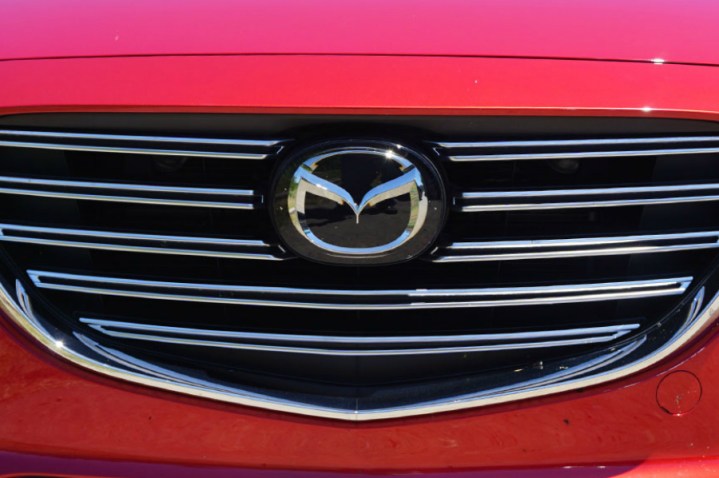
“Probably by 2020 globally, five to 10 percent [of vehicle sales] will be pure EV, while the other 95-90 will still use ICE (internal combustion engine). Therefore ICE is [still] the most important technology all over the world,” Mazda’s Head of Research and Development Kiyoshi Fujiwara said.
Mazda’s initial electric cars may not show up in the United States, however, or in the huge Chinese market, Fujiwara said. “Of course we need EVs. As you know, in Norway, the complete energy source is water … this means that EV is much better for CO2 in Norway. But not in the U.S. or China … Therefore we are focusing on ICE, but some regions we need EV, so therefore in 2019 [or] in that time frame we will introduce EV where it is needed in the world.”
In a separate roundtable at the Los Angeles Auto Show, Mazda CEO Masamichi Kogai said the company would offer electric vehicles in 2019 in order to “accommodate the ZEV regulations in North America,” Electrek reported. The ZEV (Zero Emissions Vehicle) regulations are percentages of total fleet sales with zero-emissions guidelines established by California and adopted by nine other states.
Electrek also quoted a Wall Street Journal report in which Kogai said, “Mazda would add original features to its electric cars to differentiate itself. He said engineers were looking at ways to keep the cars running longer when the battery was nearly dead.” The “original features” comment sounds like a reference to the small ICE rotary range extender mentioned by Fujiwara.
Mazda is developing its system by itself, according to Fujiwara, but development has just started. Any partnership with Toyota for cost efficiency and scalability would likely involve portions common to vehicles made by both companies.
Fujiwara also indicated that Mazda’s first electric vehicle would use an existing ICE platform, rather than starting from the ground with a new EV platform. Because he sees the Mazda EV with a small rotary range extender, the ICE platform could be suitable. If it were battery only, requiring huge battery packs, then a new platform would be required.
Mazda’s R&D head also indicated that as the cost of battery technology comes down, the potential for electric vehicles increases. So overall, Mazda is going to develop at least one electric vehicle but for now, the company appears to be committing to EVs only with an ICE assist.
Editors' Recommendations
- Pros and cons of buying a used electric car
- Why charging speed is as important as range for owners of electric cars
- Hyundai will use Canoo’s ‘skateboard’ chassis for future electric cars
- Here’s why the Mazda MX-30 has such a small, low-range battery pack
- Uber and EVgo team up to increase use of electric cars in ridesharing




